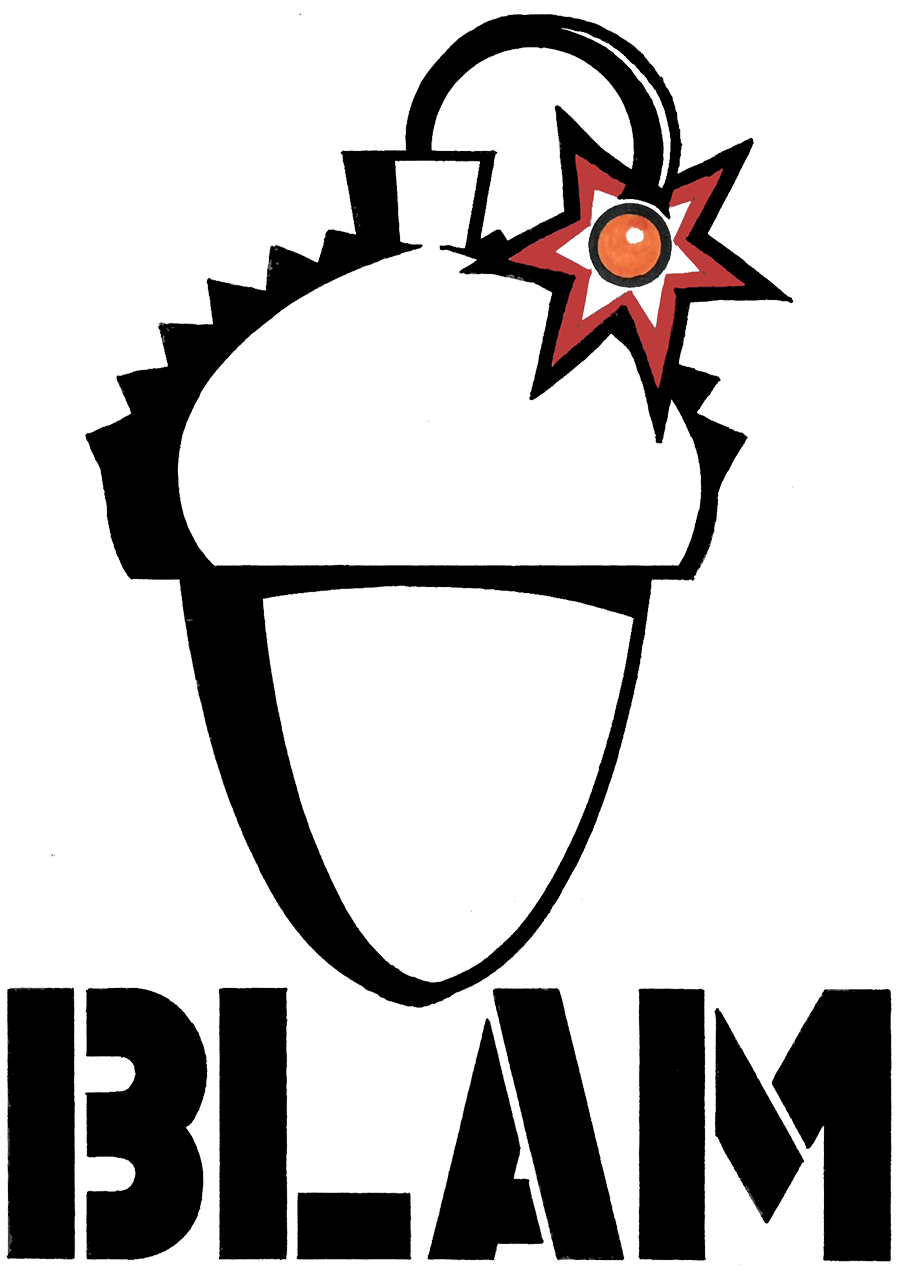
Cabinets come in many forms. Being generally further from the front line of daily heavy usage than tables and chairs, they are often more ornate and detailed, their purpose to store and display possessions. Because they frequently have moving components such as drawers and doors, they tend to be more complex in construction. Sometimes, as in display cabinets or jewellery cases, the cabinetwork is essentially subsidiary to its contents, taking on the role of plinth or picture frame around a cherished artwork. In other cases a cabinet's function may simply be to tidy away and organise disparate ephemera, whilst also being an interesting object in its own right.
In cabinetwork, as in all designs, we believe it is best to start with the functional requirements; what is to be stored, how is it to be used and accessed, does it need to be movable, and so on, always bearing in mind the fact that its requirement for an inherent aesthetic beauty is also part of its function. It is also important to bear in mind the possibility that functional requirements may change over the years, especially if the storage of technology is involved. For example, twenty-five years or so ago, we were still making quite a few large deep cabinets with foldaway doors, designed to house similarly large cathode ray televisions. Over more recent years, some of these have come back to us to be reconfigured into drinks cabinets and other storage uses. We believe in building furniture that is capable of lasting many decades, so retaining versatility in the design from the start is important if the piece is to remain properly useful and valued over its long life.